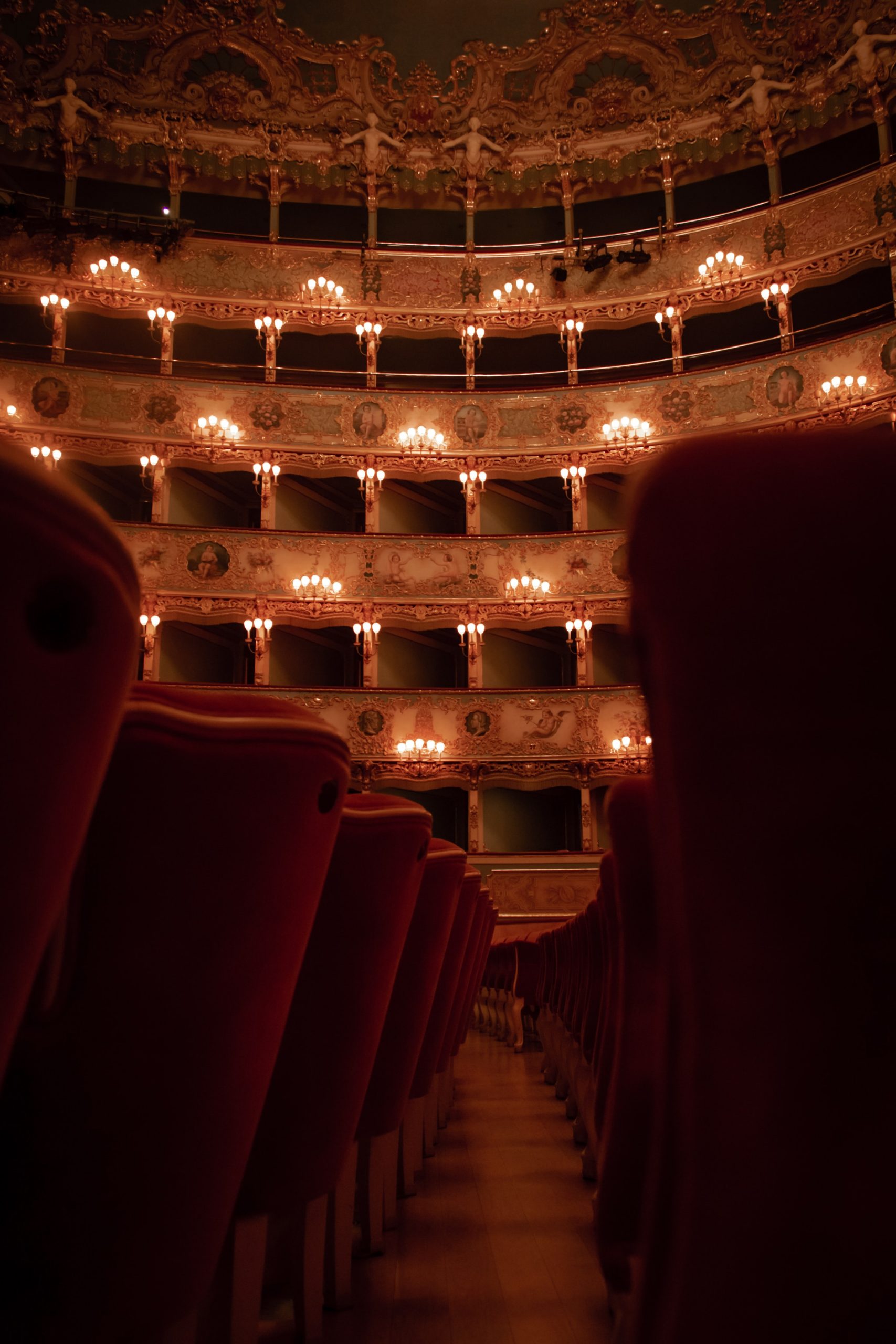
Culture writer Frankie Rhodes reviews the live production of Lungs on Zoom, starring Matt Smith and Claire Foy, and considers the exciting potential for virtual theatre
If there’s one industry that has suffered greatly from the lockdown restrictions, it’s theatre. Whilst we’ve all been able to enjoy the free productions on the National Theatre YouTube, in addition to several showings on BBC iPlayer, we’ve taken for granted the massive toll that the pandemic is having on the livelihoods of thousands of actors, directors, technicians and other creatives.
One way that the Old Vic Theatre in London is adapting to the situation is through ‘Old Vic: In Camera‘, a series of live productions that are streamed via Zoom. Theatre-goers purchase a ticket online and are emailed a Zoom link, and actors perform live to an empty auditorium, maintaining strict social distancing. This obviously is not feasible for every piece of drama and requires clever filming to give the impression that actors are interacting with each other.
Lungs is a play that centres around emotional distance, so the alienating performance scenario works perfectly
The play opens with a seemingly simple conversation between the couple about having a baby, however, it becomes clear from the offset that the pair aren’t listening to each other. Foy, (whose character is listed in the script as ‘F’, whilst Smith’s character is ‘M’), prefers long, angsty speeches about her own identity issues, while Smith remains aloof, almost smirking at his girlfriend’s musings, possibly in boredom. These characters, while appearing quite stilted at the beginning, really develop throughout the performance, and relax into a bickering-yet-nurturing couple.
The nature of the dialogue, which comes in short bursts and relies on the actors constantly interrupting each other, doesn’t always capture the spontaneity of human speech, but comes pretty close. Thoughts are spoken as soon as they appear, which allows for some refreshingly honest conversations about human relationships, and our responsibility to the environment. The couple are constantly agonising about whether they are ‘good people’: whether they recycle enough; donate to charity enough; and whether they ultimately ‘deserve’ to bring a child into a world that is suffering from a global climate catastrophe.
Foy shows a self-conscious attitude towards the world around her, which is felt strongly within our “cancel culture”
Despite slight inconsistencies as individual characters, the connection between the two actors is difficult to fault, with their ability to interact through their body language as much as their speech. At times, they create a perfect unit that makes the rest of the play’s anxieties seem to dissipate, which is summed up within Foy’s line, ‘the world’s not there- it’s just us- and we’re the whole universe.’ Perhaps one message to take away is that love, however fleeting and complicated, is a sure way of dealing with the difficulty of being alive during times like these.
The fatalistic discussion of the environment is a key theme of the play, and whilst we approach dystopia towards the end, it’s a shocking reminder of the kind of world we might be looking at in just a couple of decades’ time. This sense of impending doom resonates even more strongly within the context of a global pandemic. The anxiety surrounding child-rearing can be felt as an issue of global health, with the frightening prospect of introducing a new person into a world where they cannot interact with others and must be constantly shielded. Yet, the environmental consciousness of the play does not take away from its domestic realism – the pair are first and foremost a normal couple, who worry about things that we all worry about. And beyond this, they worry about worrying, as Smith’s character states – ‘people are getting less caring, less informed and more savage.’ Lungs sends the message that we should be worried about our world if we are to have any hope of making a difference.
The genius of film meeting the art of theatre to create a production that feels more intrusive than when viewing performances in a traditionally “live” sense
Aside from a few blurry shots, (perhaps due to connection difficulties or a poor Zoom resolution), the production was filmed seamlessly, and the audience were left baffled not only with the quality of the acting, but of the Livestream itself. It is hard to separate the genius of the production from the way it was filmed and delivered to audiences in such an exclusive way. Could this be the future of theatre-going? If yes, I would argue that it provides a perfectly suitable alternative to traditional performance, and perhaps even enhances the experience of watching drama.
Articles reviewing the production have stressed the convenience of watching it, with the Metro pointing out that ‘you technically don’t even need to get dressed to watch it.’ Whilst this remains true, I believe that this kind of theatre deserves a certain amount of reverence, and is far more than just an easy way to fill an hour or two of lockdown boredom. It’s a seriously clever play, performed by two actors who have clearly worked hard to understand the inner workings of the characters, and it revolutionises the concept of live performance.
Discover more Virtual Reviews from Redbrick Culture:
Comments